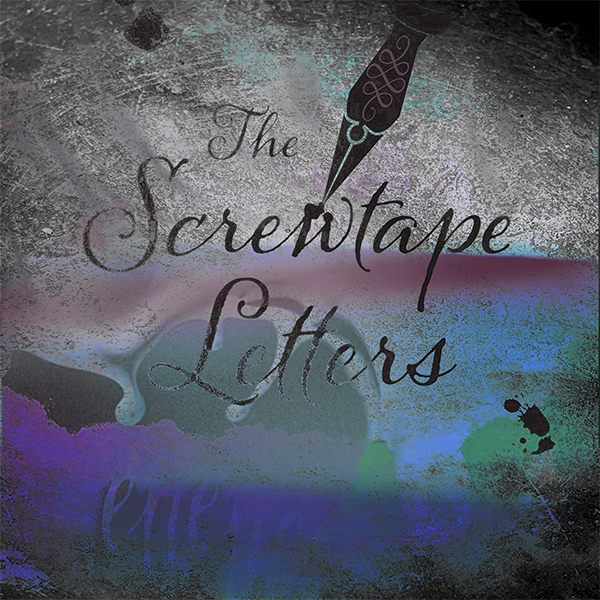Everything I Know About Racism I Learned in the Church
This article originally appeared at Christena Cleveland’s blog. As we wrap up our Christianity & Violence series, this post seemed to be a fitting – and convicting – addition. Racism is indeed a terrible violence, and it is present in the Church.
WHEN I LEARNED THAT I WAS A NIGGER
Every summer, my mom would sign us up for vacation bible school (VBS) programs at local churches so we could experience God in diverse settings. The summer I turned six, we attended VBS at an all-white church in a neighboring city. During recess, my brother and I were so engrossed in our tetherball game that we didn’t hear the teacher calling us to return to the classroom. Exasperated, she yelled at the top of her lungs, “Get in here, niggers!!” Being six and all, I had no idea what the word nigger meant; I just knew that it referred to me and that it was negative. I ducked my head in shame and ran toward the classroom. The teacher’s words violently contradicted the VBS theme: “God loves all the children in the world” and made me question whether God’s love was meant for me too.
The church taught me that God’s love is only for the white kids.
WHEN I LEARNED THAT ALL BLACK PEOPLE RAP
Many people recall junior high as a dark and stormy stage in their identity development timeline. But as one of two black girls in my class at my Christian school, I had the unenviable task of figuring out who I was and where I belonged while surrounded by a sea of white classmates who only interacted with me long enough to ask to touch my hair. Feeling different and excluded, I signed up for choir class, hoping to find a place to belong.
That year, the Christmas musical script un-ironically called for a “Rapping Angel” who rapped Luke 2:14. Without holding auditions for the part, our choir director (with obvious support from my classmates) cast me as the rapping angel, saying, “You can do it, right Christena?”
Nope, I couldn’t.
MC Hammer, I was not.
But since I did not fit in with my classmates, I was desperate to prove that I belonged to another relevant social group – namely, black people. So I went along with our director’s decision and now have the distinction of being the most woefully miscast Rapping Angel in the history of cheesy Christmas musicals.
The church taught me that I belong nowhere – not even in the tiny stereotypical box that they tried to stuff me into.
WHEN I LEARNED THAT I WAS OVERLY SENSITIVE
When I was a high school student, I walked into a local pastor’s home and was immediately assaulted by the sight of a large confederate flag hanging on the wall. I gasped and asked them why they had a confederate flag. With disarming matter-of-factness, they told me that they liked the colors, the aesthetic and the “rebel” image that it projected. I tried to explain (as best I could as a frazzled teen) that the flag invokes painful images of black oppression but they remained committed to their blissful ignorance. Ultimately, they shoo-ed me away, telling me that I was making a big deal out of nothing and that I focused too much on negative events that were resolved long ago. The flag remained mounted on the wall for years.
The church taught me that my perspective is invalid and that the pain of my people is unimportant.
WHEN I LEARNED THAT RACISM IS HILARIOUS
During college, I volunteered for the youth ministry at a church. Every year at the volunteer Christmas party, the two white guys who worked for the ministry dressed up as “black guys from the hood” and performed an entirely unoriginal and unfunny skit that exploited negative black male stereotypes for laughs. I remember looking around the room full of volunteers, seeing the delight in their eyes as they laughed loudly at the racist jokes. I also remember feeling discouraged that a predominantly-white group of Christians (who were supposedly my friends) were laughing at white guys impersonating black guys in extremely unflattering ways. When I asked the pastor (the staff guys’ boss) about the skit, he agreed that it was offensive. But he failed to confront the issue; the skit was performed every year for the multiple years that I served as a volunteer.
The church taught me that racism is acceptable as long as it’s carried out in pursuit of laughs.
WHEN I LEARNED THAT STRUCTURAL RACISM IS A FIGMENT OF MY IMAGINATION
As a young adult, I spent several years working for a well-respected and well-known Christian organization on the East Coast. On an individual basis, my majority-culture colleagues were overtly pleasant for the most part. However, in a subtle but haunting way, the organizational culture marginalized, befuddled and oppressed the ethnic minorities in the group.
The evaluation and promotion policies, social structure, and even the ways that they talked about faith worked to accommodate people from majority culture and alienate people who were different. As a result, the people of color in the organization were plagued with loneliness, plundered identities and perpetual stress. Indeed, at least one person of color was diagnosed with post-traumatic stress, a diagnosis that was directly linked to the way that the organization oppressed people of color.
When I brought my concerns to the president of the organization, he became fiercely defensive, accused me of inventing stories, and denied that structural racism was at work. I moved on after a few years. But as far as I know, the organization remains unchanged.
The church taught me that my experience of racism is only real if the majority culture says it is.
****************
These stories are just a fraction of the many stories I could tell about my personal experiences of racism in the church and frankly, they bring up painful memories that I would prefer to keep dormant. But I share them to a) affirm the voices and stories of those of us who have been on the receiving end of racism in the church. (You are not crazy and you are not alone!) And b) invade everyone else’s consciousness with this reminder that the church continues to be a powerful agent of racism in our world.
By grace, I’m still standing. And also by grace, I remain committed to the church and hopeful that we can work with God to turn this barge around. But the fact remains: the evangelical church has a serious credibility problem* with people who’ve been targeted by its racism.
(FYI: I’m not suggesting that racism only exists within the church or that Christians have cornered the market on racism. But it’s worth pointing out that our modern, segregated version of Western Christianity is a breeding ground for prejudice, marginalization and even outright hostility.)
As a millenial, I’ve lived most of my years in our so-called “post-racial” American church. Yet my earliest and most painful experiences of racism have all occurred in the church – at the hands of sincere Christians. And unfortunately, my stories are consistent with the stories of many other people my age and younger.
The ongoing racism in the church exposes an explosive hypocrisy. If we do not consistently and courageously confront it, the church will continue to instruct people that being different is a curse, demonstrate to them that God doesn’t love them, eviscerate their identities and compel them to seek refuge from the church outside the church. Those of us who are aware of individual and structural racism in the church must continue to point it out, facilitate discussions, speak the truth in love, challenge our pastors and leaders, pray for healing and work for justice.
—
Be sure to see Christena’s follow up to this post, Everything I Know About Reconciliation I Learned in the Church.



